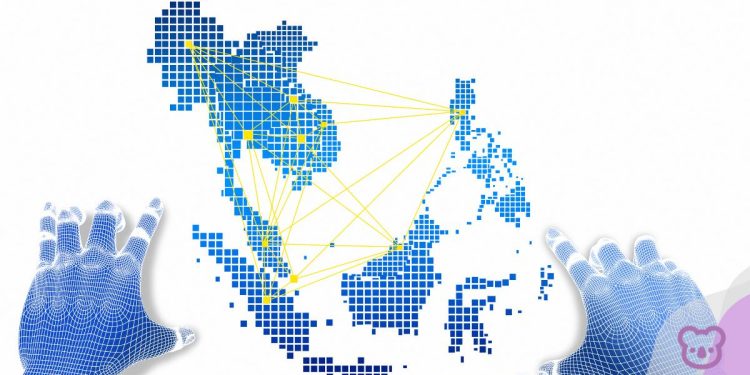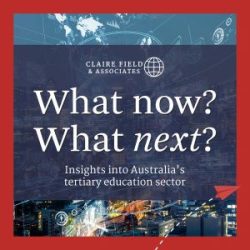Leaders from the ASEAN University Network (AUN) — Southeast Asia’s peak regional higher education body — will visit Sydney and Canberra this month for meetings with Australian government and sector stakeholders, before signing a new memorandum of understanding with their Australian counterpart during the Australian International Education Conference (AIEC) in October.
The visit comes at a pivotal time for Australia’s international education sector. Amid shifting global dynamics and changing geopolitical realities, the country’s once-dominant reliance on student flows from China and South Asia is giving way to a growing focus on diversification and mutual benefit — with ASEAN nations firmly in the spotlight.
The China-centric model that fuelled much of Australia’s international education growth over the past decade is being reassessed. While that approach reshaped the demographics of many capital-city campuses, sector leaders are increasingly looking to Southeast Asia as the next frontier for sustainable partnerships.
In this context, the engagement between the AUN and Australian institutions represents both a strategic and symbolic shift. With English serving as ASEAN’s official language for intergovernmental meetings and of higher education internationalisation, Australia is well-placed to deepen its role as a regional higher education partner of choice.
AUN’s visit reflects a shared commitment to quality assurance and transnational education, with member universities keen to enhance academic standards and mutual recognition frameworks. Strengthening ties with Australia could help shape best practice in these areas — adding to the network’s existing higher education collaboration with China, Japan, South Korea (through the AUN+3 Dialogue ), and the European Union.
AUN and Australian universities are well positioned to co-develop initiatives that advance the United Nations Sustainable Development Goals (SDGs), particularly Goal 17 — “Partnerships for the Goals.” Opportunities extend across joint research, staff and student mobility,quality assurance and best practice,qualifications recognition, and collaborative transnational education programs.
Malaysia, a long-standing AUN member, is emerging as a particularly important regional education hub. In December, the AUN will co-convene the ASEAN-Australia Education Dialogue (AAED) in Penang with Australia’s ASEAN Focus Group, hosted by Universiti Sains Malaysia (USM), one of two Malaysian universities ranked equal first globally for SDG 17 in the 2025 Times Higher Education Impact Rankings. The dialogue will provide a platform to explore practical collaboration in higher education, skills, and training.
Student mobility remains a strong pillar of the Australia–ASEAN education relationship. A majority of participants in the New Colombo Plan (NCP) now seek placements in ASEAN or the Pacific, reflecting the region’s growing appeal as a destination for Australian students. From 2025, NCP placements must last at least four weeks — a change that could be supported through deeper institutional connections with AUN members.
Such linkages offer a foundation for two-way learning. Stronger relationships between AUN and Australian universities could help create spaces where students from both regions interact, share perspectives, and build long-term networks — a vision consistent with ASEAN’s goal of cultivating regional citizenship.
Later this month, Timor-Leste will officially join ASEAN, with AUN tasked by the ASEAN Secretariat to integrate its first member university into the regional network. The expansion marks an important milestone for both ASEAN and its education community, further broadening the region’s collaborative potential.
For Australia, closer cooperation with the AUN offers more than access to new student markets — it represents an opportunity to help shape regional quality, capacity, and connection. In turn, ASEAN institutions gain access to Australian expertise, policy frameworks, and English-medium education models that can help scale local ambitions.
As AUN Executive Director Dr Thanapan Laiprakobsup and Australian leaders meet later this month, both sides are looking toward a more balanced, diversified, and resilient era of international education.
The AUN–Australia partnership comes at a time when collaboration, not competition, may prove the most valuable resource in the region’s shared higher education future.
















